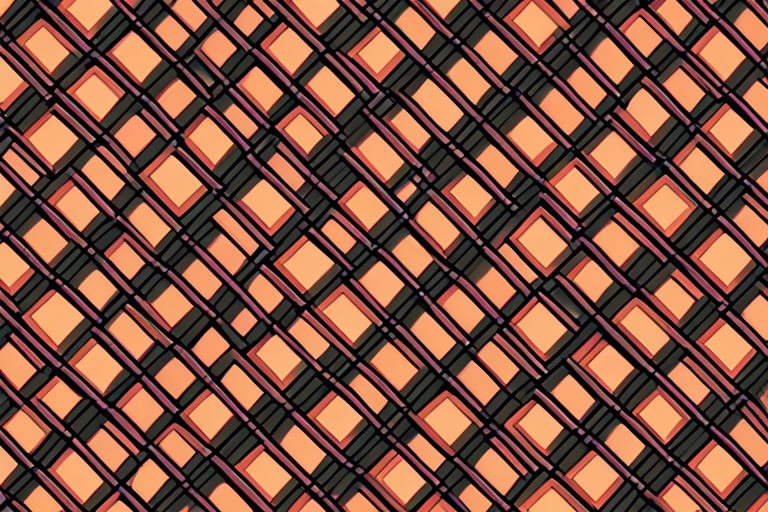“Demystifying Muslin Fabric: Exploring Uses, Types, Costs, and Comparisons”
Muslin fabric is one of the most versatile and useful types of fabric for sewists and designers. But what exactly is muslin, and what makes it so essential? This blog post will uncover everything you need to know about muslin fabric.
What is Muslin Fabric?
Muslin is a lightweight, breathable cotton fabric. It has a plain weave structure that produces a flexible, soft fabric. The threads are loosely woven together, giving muslin its distinctive porous, sheer qualities.
Muslin gets its name from the city of Mosul, Iraq, where European traders first encountered the fabric. Today, muslin is produced across India, Pakistan and Bangladesh. It’s available bleached white or unbleached in its natural beige color.
The Many Uses of Muslin Fabric
Muslin has a wide variety of uses both in and out of the sewing workroom:
- Test garments – The lightweight drape and affordability of muslin makes it perfect for creating mockups to test patterns and silhouettes. Alterations and fitting can be marked directly on muslin prototypes for transferring to the final fabric.
- Base layer – Muslin can form a smooth base layer underneath delicate fabrics to prevent them from becoming see-through. It’s also handy for backing quilts and strengthening areas prone to wear.
- Curtains – The breathable weave makes lightweight muslin ideal for curtains, filtering light while allowing air circulation.
- Crafts – Crafters frequently use dyed or printed muslin for making bags, patches, banners and other decorative objects. It’s easy to work with and takes ink and paint readily.
- Cheese/fruit cloth – Unbleached muslin’s porous weave makes it a traditional wrapping material for aging cheeses to allow ventilation. It also wraps fruits and vegetables while allowing ripening ethylene gas exchange.
Types of Muslin Fabric
While muslin generally refers to a lightweight cotton, several varieties exist:
- Regular muslin – The most common type, suitable for fitting garments and prototypes. Approximately 3oz/sq yd or 60-90 gsm.
- Cross-grain muslin – Uses the cross-grain of the fabric rather than the lengthwise grain. More stable and less prone to stretching.
- Finer muslins – Lighter, more delicate muslins, like jaconet or batiste, used for garment making or finishing when regular muslin would be too heavy.
- Heavier muslins – Sturdier muslins in the 5-7 oz/sq yd or 120-150 gsm range used for items like insertion behind embroidery, curtains, or costuming.
- Printed/dyed muslin – Muslin takes dye and ink readily, allowing for patterning. Often used for crafts and costume fabrication.
Muslin Fabric Costs
One of muslin’s many benefits is its affordability compared to most apparel fabrics. Prices vary based on quality, weight and bleaching, but expect to pay:
- $3-6/yd for standard bleached muslin
- $2-3/yd for thinner or unbleached muslin
- $8-12/yd for finer jaconets and batistes
- $10-15/yd for heavier weight muslins
Buying in bulk brings costs down further. Given muslin’s utility across sewing, crafts, and home decor, it’s worth investing in larger quantities.
How Muslin Compares to Other Fabrics
While no other fabric perfectly mimics muslin’s distinctive lightweight drape, several make decent substitutes:
- Cheesecloth – Very lightweight, more open weave than muslin. The high porosity limits its use for prototypes/mockups.
- Lawn – Light cotton with a soft feel. Not as porous as muslin but filmsy enough for mockups. The smooth finish contrasts muslin’s somehwat textured look.
- Voile – Lightweight, semi-sheer cotton with a crisp hand. The transparency limits its use for mockups.
- Linen – Not as lightweight as muslin but a cheaper option in a similar fiber content. Linen’s textured slubs differ from muslin’s smoothness.
- Calico – Lightweight like muslin but with a denser weave and occasional patterning. Useful for mockups but stiffer hand than muslin.
Don’t Pass Up This Essential Fabric!
From sewing to crafting to home decor, muslin is an essential fabric thanks to its lightweight drape, affordability and versatility. Understanding the different types available allows you to select the right muslin for your project. Keep some on hand, and discover how muslin can improve your making!



